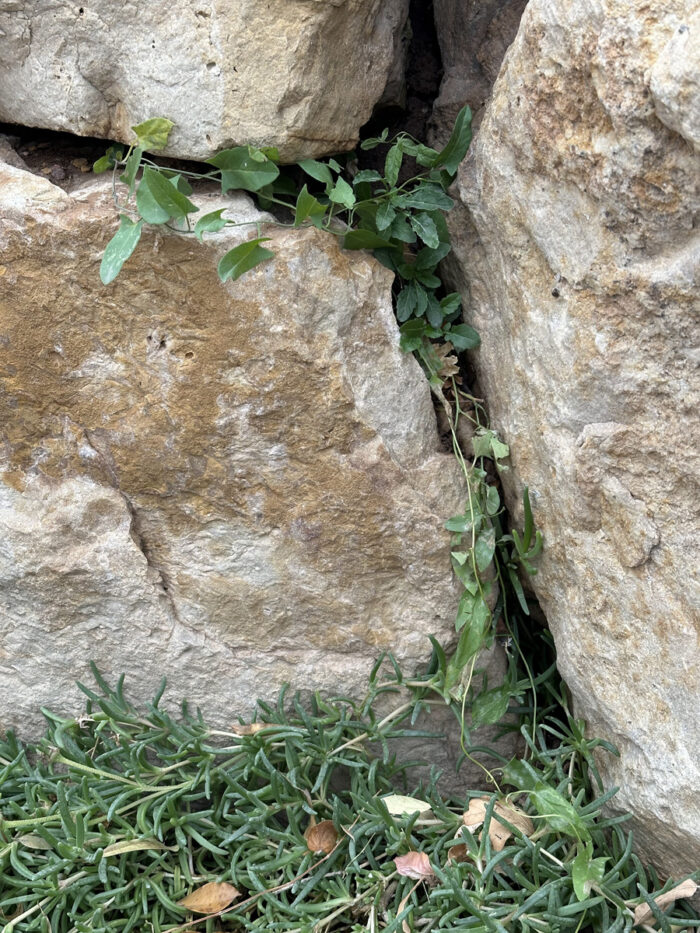
One of the most important tenets of effective weed management is quick action, both in identifying possible weeds in your garden and acting promptly to manage their spread by seeds, shoots, and roots. For those who have gardened in the Rocky Mountain region for some time, the first step—identifying weedy plants—is relatively simple. But for beginning gardeners or those that are new to the area, it can be a challenge. Often, our most aggressive weeds don’t really resemble those from other parts of the country, and nearly just as often, their attractive looks belie their insidious garden natures.
Learn more: Tools for Tackling the Toughest Weeds
Weeds to Watch For
Below are three of our region’s most insidious and tenacious garden weeds, with management tips included.

Bindweed
Bindweed (Convolvulus arvensis) is perhaps the most widely recognized of our region’s weeds, and with good reason: it’s widespread, vigorous, and tenacious. The species is among the most common weeds encountered on residential lots at lower elevations in our region and occurs with regularity into mid-elevation gardens. With low water requirements and an extensive root system; the plant tolerates extreme weather and drought easily.
Identification:
- Pretty, 1-inch, white to pink flowers consisting of a single, pleated petal reminiscent of a 1950s-style poodle skirt.
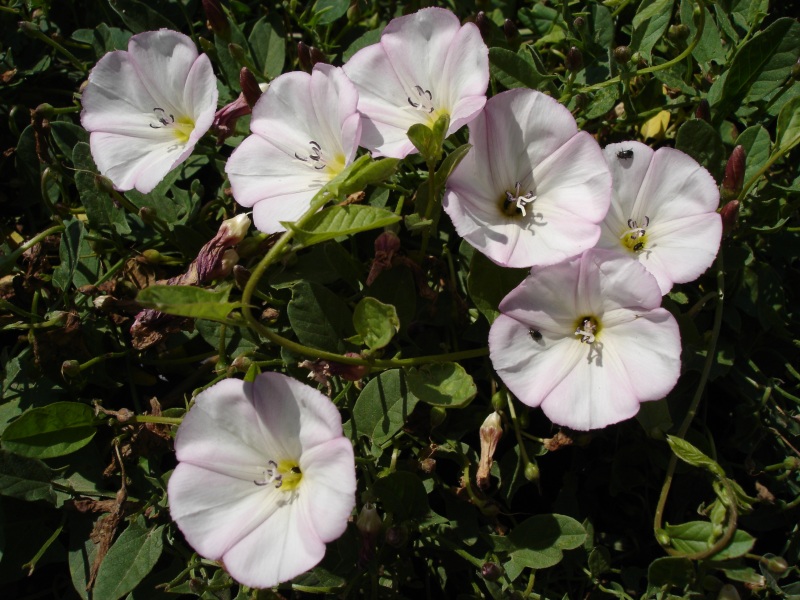
Convolvulus arvensis from Wikimedia Commons. CC BY-SA 3.0.
Management Tips
Manage this species by regularly pulling shoots, and don’t expect to get the roots, which can be 10 or more feet deep. The aim is to starve the plant by preventing its development of food reserves for winter. By cutting or pulling all stems from the plant every two to three weeks, or by smothering the plant with expansive black plastic or weed fabric to exclude light for two or more seasons, control can gradually be achieved. If smothering bindweed, be sure to secure your smother tarp, whether plastic, woven, or otherwise, with weights or landscape pins.
Chemical sprays offer faster control but are an unattractive option in the eyes of many gardeners; those unopposed will find that a fall application of herbicide, timed around the time of the first light frost, will be most effective. This is when these plants sink their food stores—and herbicides—into their massive club-like taproots. Herbicide cocktails, like the premixed options found at hardware stores, offer better control than single herbicide products for this species. Learn how to control weeds and pests responsibly in this course.
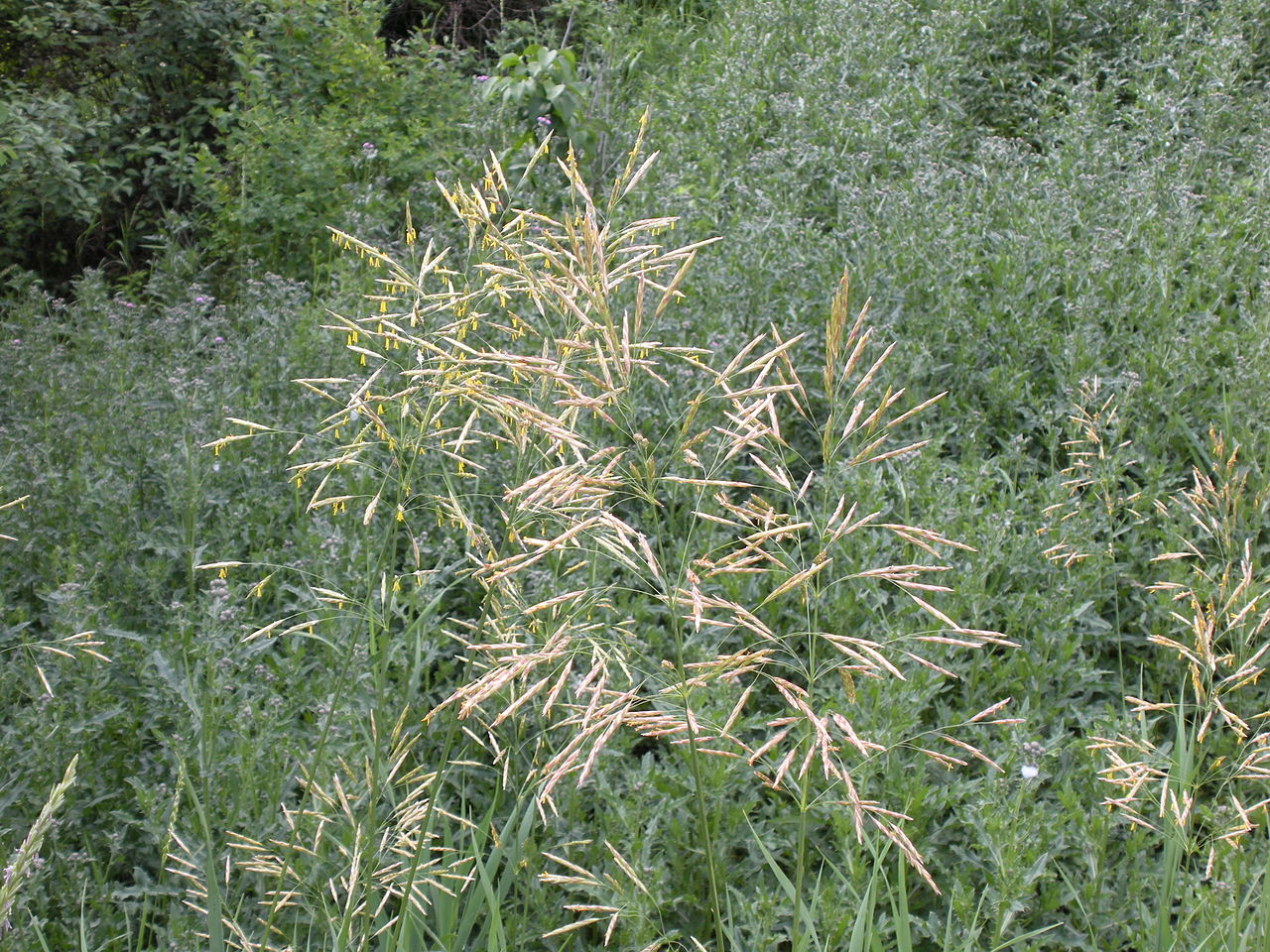
Smooth Brome
Unassuming and often overlooked, smooth brome (Bromus inermis) is another Eurasian weed that will consume a garden in a few years if left to its own devices. Smooth brome can create a monoculture due to its ability to spread by both seeds and rhizomes. This plant has richly green leaves about a half-inch wide that tend to grow upright during the early portions of the season, before taking on a more lax, arching form. Smooth brome is problematic in both low- and high-elevation gardens.
Identification:
- Spreading patches of grass that outcompete your garden plants
- Tawny seeds above richly green foliage
- And a distinctive M-shaped wrinkle in the leaf blade
Management Tips
As far as control goes, digging is only effective when contending with small patches and must often be repeated a few times to eradicate the plant, which can sprout from broken rhizome pieces. Sadly, hand pulling isn’t particularly effective, either. Stick to smothering, using glyphosate, or mowing. Among the most attractive options, mowing has been shown to manage smooth brome effectively if started right before the flower heads emerge from their leaf sheaths and continued until the end of the season. Once you begin mowing each season, mow regularly and as low as possible to shrink the brome patches.
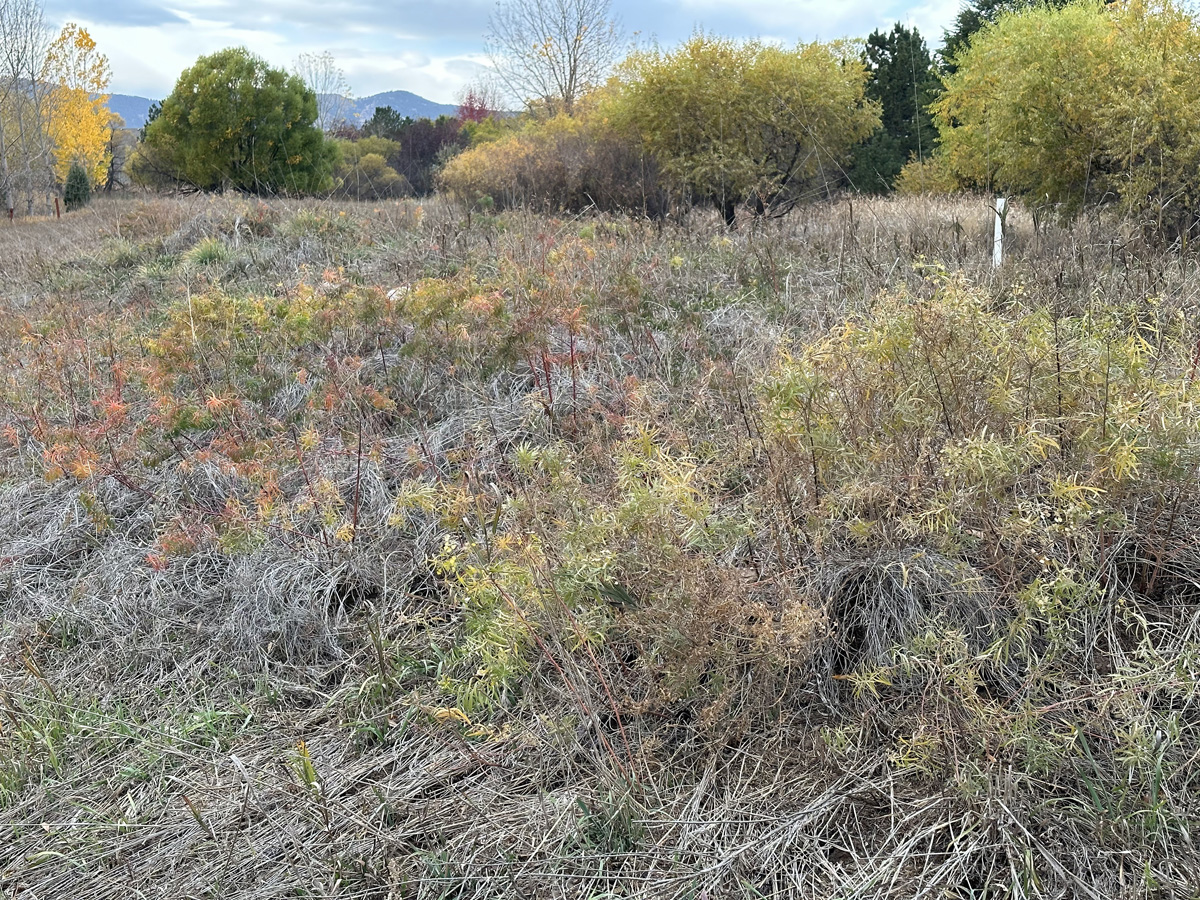
Leafy Spurge
As aggressive as it is pretty, leafy spurge (Euphorbia esula) can be seen frequently in grassy fields and in gardens, where it spreads by seeds that eject when ripe, as well as by long rhizomes. In semi-wild spaces, it can often be seen competing with and emerging through patches of smooth brome (a huge red flag).
Identification:
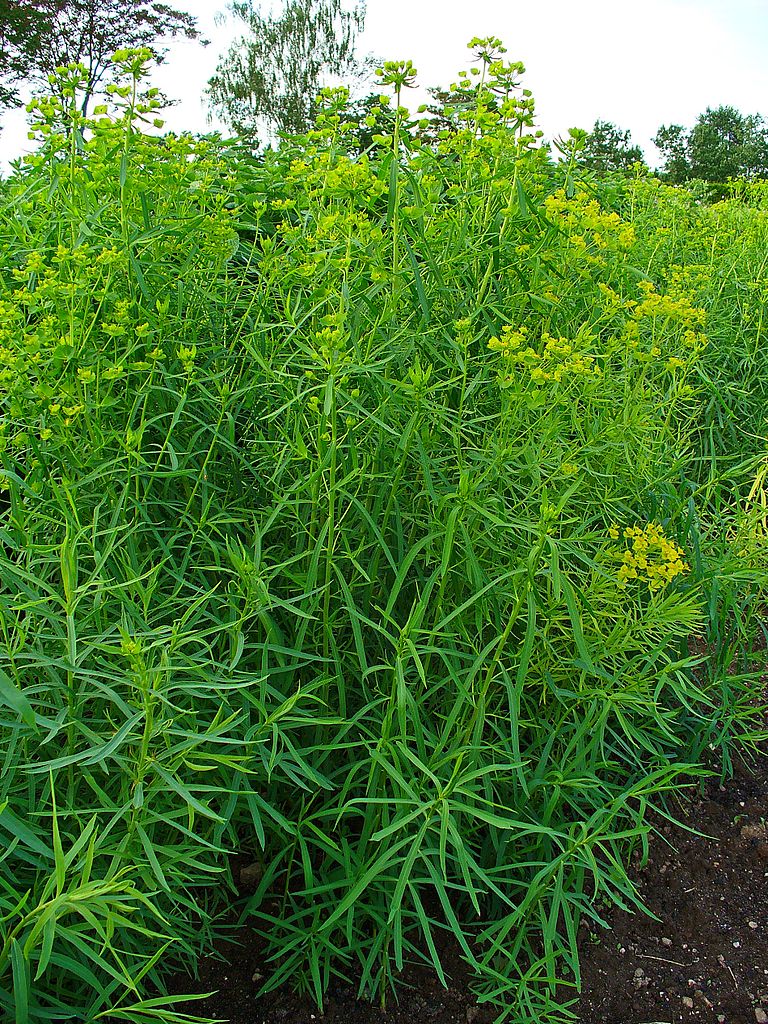
- Plants produce long and slender, blunt-tipped leaves around central stems that arise in patches from the soil.
- They follow with numerous showy, cupped, chartreuse leaves that look like flowers, called bracts. The actual flowers of this plant are minute and contained within each bract.
Management Tips
Small infestations in gardens can be removed by disciplined and regular hand pulling or cutting, though gloves and long sleeves are advised since these plants produce a milky sap that can cause skin irritation. Larger patches can be reduced by mowing or herbicide applications; talk to your local university extension or county weed district for recommendations if you find yourself up against a sizable patch.
How to Handle and Remove Weeds
As with most weeds, prompt identification, prevention of seed set and dispersal, and keeping plants from putting on much vegetative growth are good starting points that help to ensure existing weed problems can’t spread or grow. Maximizing how competitive your garden beds are, too, can help; plant densely, water deeply and infrequently, and work with regionally adapted or native species. Finally, learning to identify these weeds not only as adults but also as seedlings can keep you ahead of their establishment. Bindweed, for example, germinates as a highly distinctive, two-leaved seedling. Each leaf has a deep indent, almost like a cleft chin, and the whole seedling can easily be weeded out with nothing more than a trowel anytime during its first month, eliminating the headache that is dealing with a more mature plant.
See more Mountain West regional reports here.
To discuss these plants or ask other gardening questions, chat with the author on the Gardening Answers forum.
More on garden maintenance for the Mountain West:
Bryan Fischer lives and gardens at the intersection of the Great Plains and the Rockies. He is a horticulturist and the curator of plant collections for a local botanic garden.
All photos unless otherwise noted: Bryan Fischer
Fine Gardening Recommended Products

A.M. Leonard Deluxe Soil Knife & Leather Sheath Combo
Fine Gardening receives a commission for items purchased through links on this site, including Amazon Associates and other affiliate advertising programs.



















Comments
Log in or create an account to post a comment.
Sign up Log in